Take a look through our website and you’ll see most of our pressure ratings are expressed as PSI – pounds per square inch.
In this article, we’d like to talk about the exception to that rule, which is the ANSI class rating.
Let me just start by saying this article is more of an introduction to the ANSI class system than an all-inclusive explanation.
To fully understand the system, you’ll want to research the documentation provided by the ANSI as described below (ANSI B16.5). It’s dozens of pages long and cannot be expressed in just a few paragraphs.
ANSI CLASS
ANSI stands for American National Standards Institute, which oversees the measurement standards in the United States.
ANSI works along with the American Society of Mechanical Engineers (ASME) to identify acceptable standards for all kinds of mechanical measures – from pipe thread taper to acoustic signal processing.
The standard we are concerned with is the ANSI B16.5, the class system for measuring allowable non-shock pressure as related to temperature.
It is very similar to a PSI and the pressure rating could be expressed as either an ANSI class or PSI. You can find both listed on a variety of parts.
Some parts, though, are more commonly associated with classes than others. Specifically, I am talking about parts with flanged connections (i.e. bolt connections rather than threaded). Most valves with flanged connections are traditionally expressed in ANSI classes.
As far as I can tell, it’s just one of those quirks of the market.
This chart is an example of ANSI pressure class ratings for specific grades of steel. Please consult the ANSI B16.5 for pressure ratings of particular materials.
SO, HOW WOULD YOU CONVERT AN ANSI CLASS TO A PSI RATING AND VICE VERSA?
Great question! I knew there was a reason I liked you.
For that, we need to look at the type of material being used.
Different materials rated in specific classes react differently as the temperature changes.
Understand that if you are putting this information into practice, you should really look up ANSI B16.5.
DO NOT rely solely on the chart above (to the right). It reflects a specific group of materials.
Next, we will convert the classes to megapascals (Mpa), another pressure measure which relates better to the class system: Class 150 equals 2.0Mpa; Class 300 is 5.0Mpa; Class 400 is 6.3Mpa; etc.
The conversion rate is 1 PSI = 0.0069Mpa. Multiply the psi rating by 0.0069 and that will give you the Mpa related to the class.
The chart above (to the right) lists out each of the classes and their corresponding megapascal ratings, as well as the way that temperatures affect the performance of the valve.
Author : Kirk Dickey
Reference : directmaterial.com
Also Read : Difference between NPT, BSPP & BSPT Seals
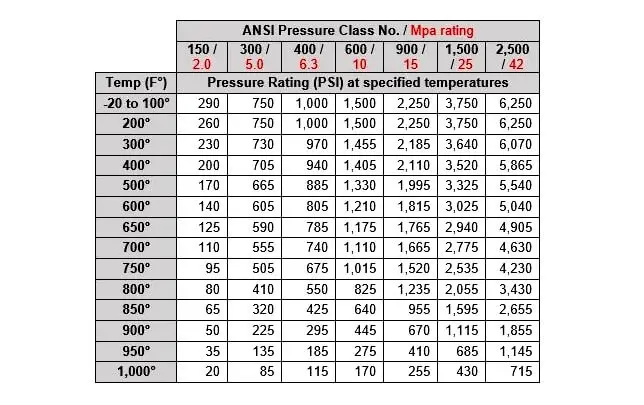
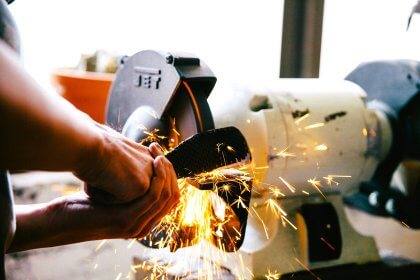
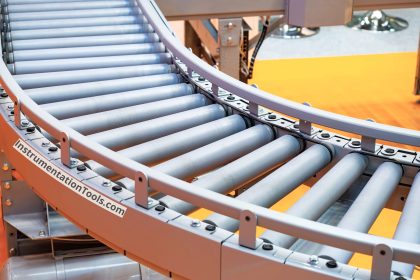



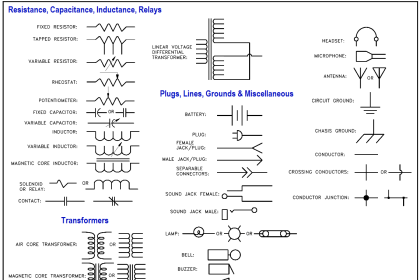

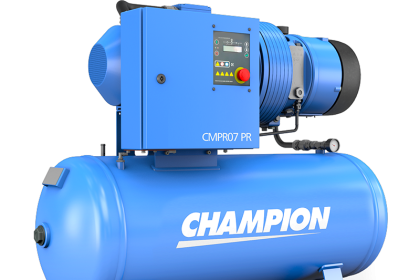
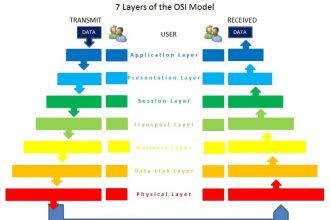
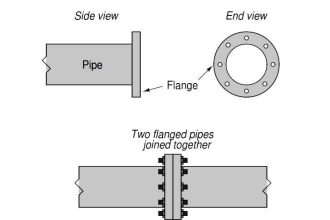
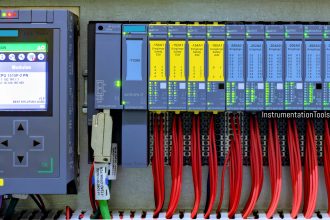
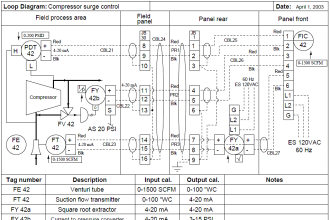
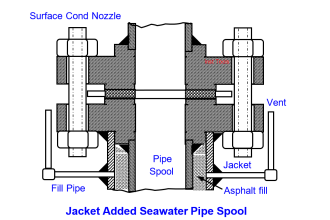
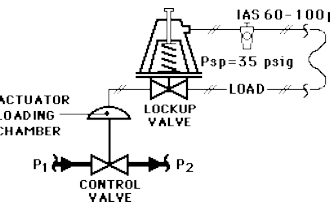
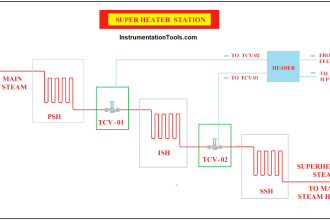


a very nice one for me, now I understood
thanks a lot, bro